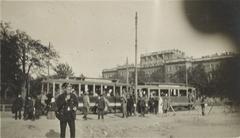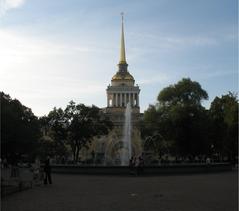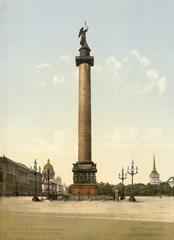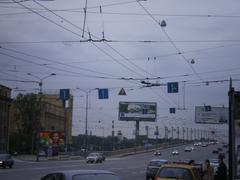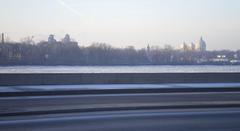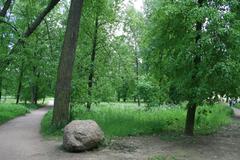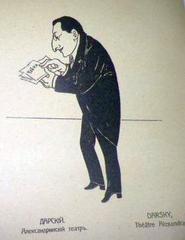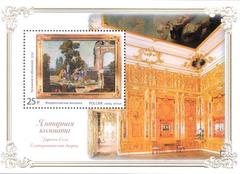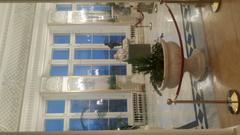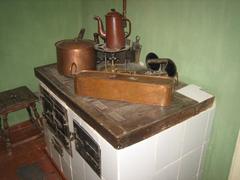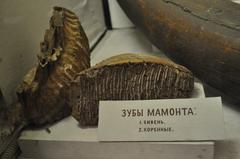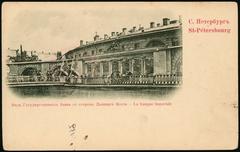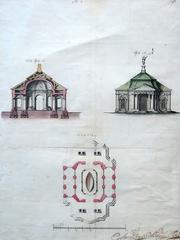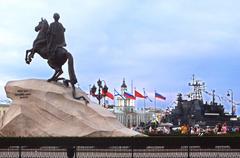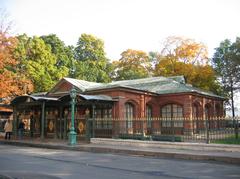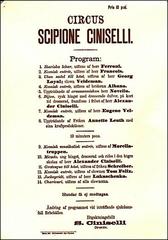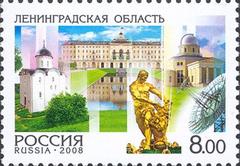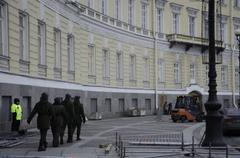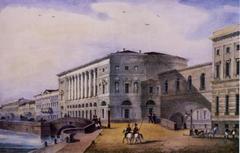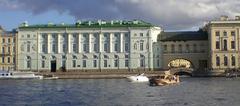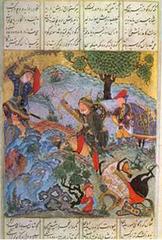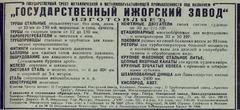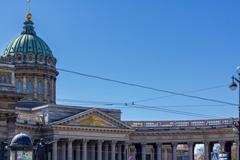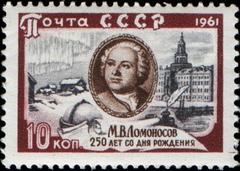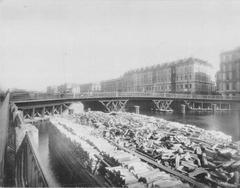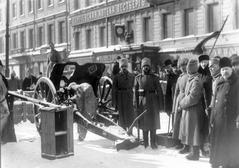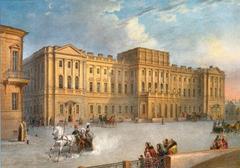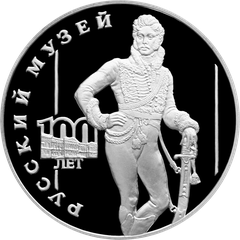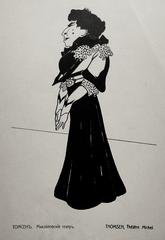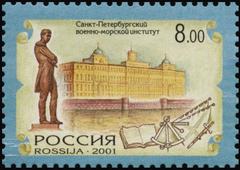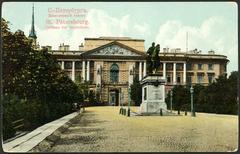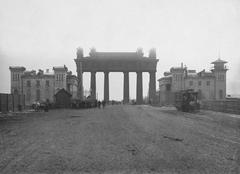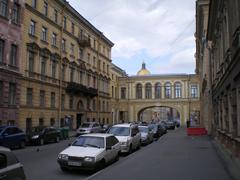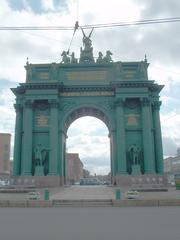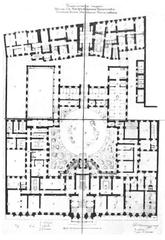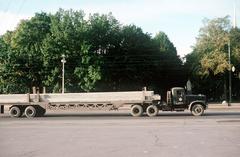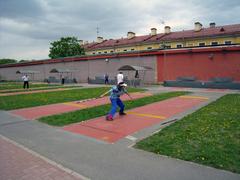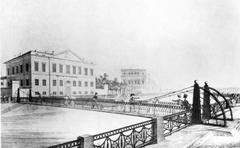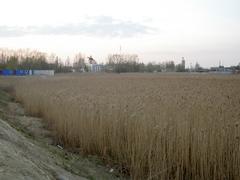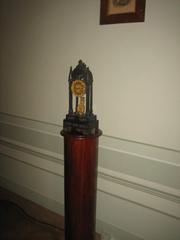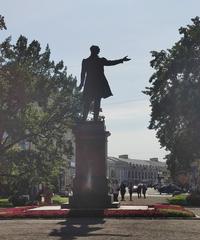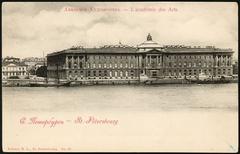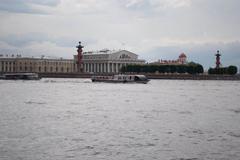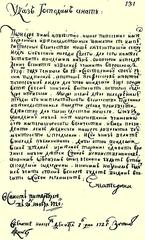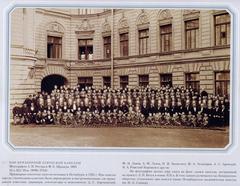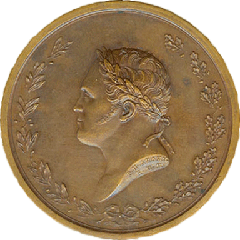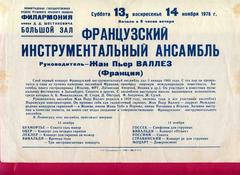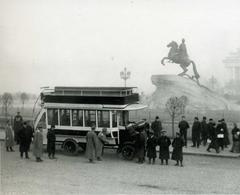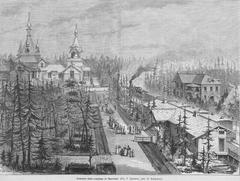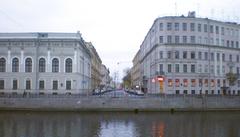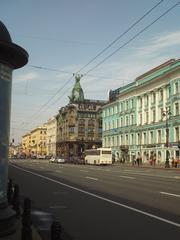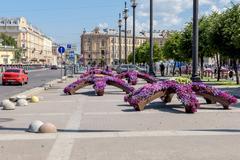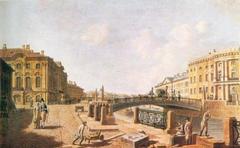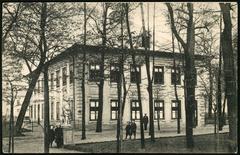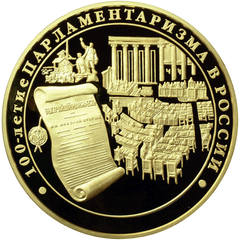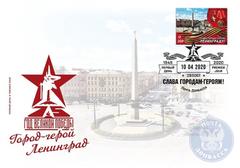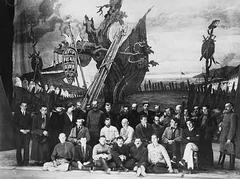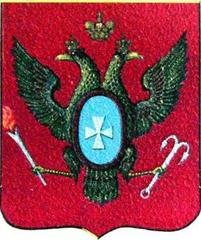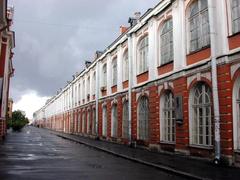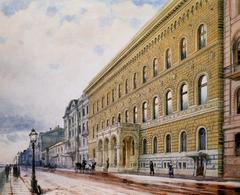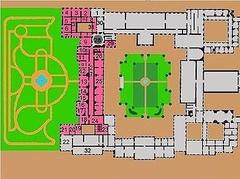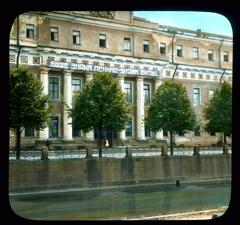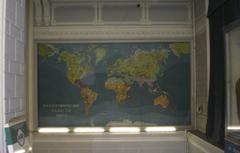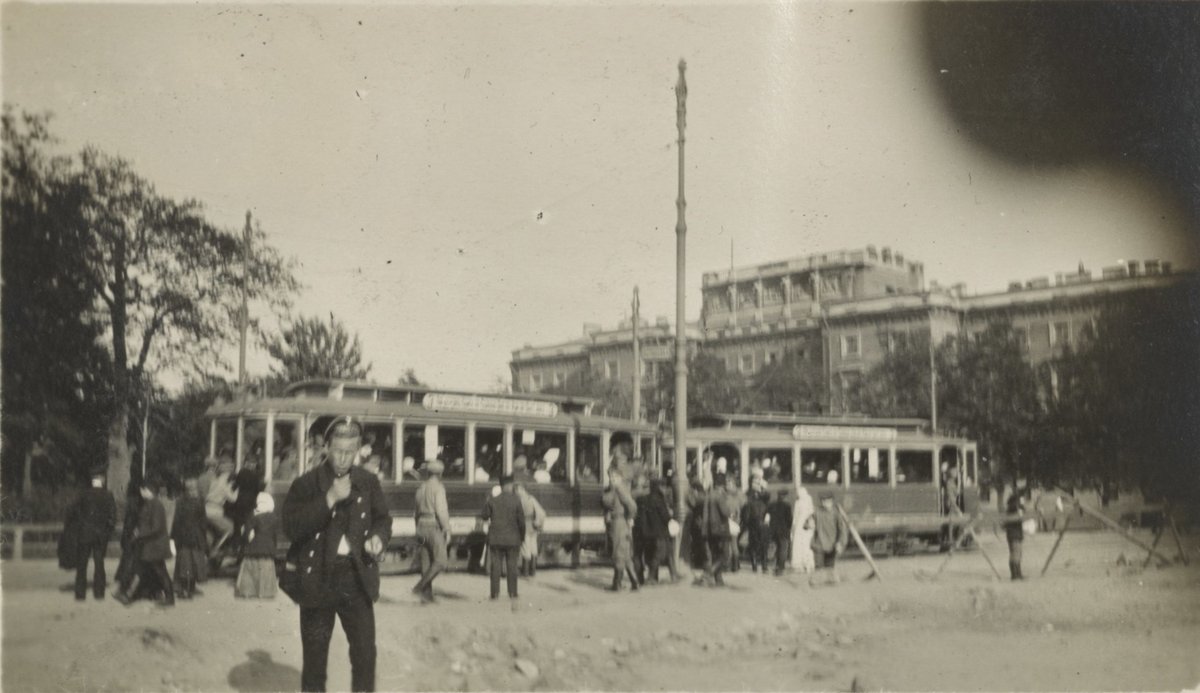
Visiting Mikhailovsky Castle: History, Tickets, and Tips
Date: 18/07/2024
Introduction
Mikhailovsky Castle, also known as St. Michael’s Castle, stands as a significant historical and architectural landmark in the heart of Saint Petersburg. Commissioned by Tsar Paul I and completed in 1801, the castle represents a unique blend of Romantic Classicism, medieval Romanesque, and Gothic architectural styles. It serves as a poignant reminder of the turbulent history of the Romanov dynasty and the personal anxieties that plagued Paul I, who sought to create a fortified sanctuary in response to the threats he perceived within his court (Russian Museum).
Situated on the site of Paul I’s birth and the location where his father, Peter III, met his untimely demise, Mikhailovsky Castle’s construction was driven by Paul’s desire for security and control. The castle’s moats, drawbridges, bastions, and cannons, along with its labyrinthine layout, were all designed to provide an impregnable fortress. However, despite its formidable defenses, Paul I was assassinated within its walls, casting a long shadow over its legacy (Visit Petersburg).
Today, Mikhailovsky Castle serves as a museum and a testament to a pivotal period in Russian history. Its rich architectural details, symbolic features, and opulent interiors offer visitors a glimpse into the grandeur and paranoia of imperial life. The castle’s strategic location also places it within walking distance of other prominent attractions in Saint Petersburg, making it a must-visit destination for history enthusiasts and tourists alike (Fabergé Museum).
Table of Contents
- Introduction
- A Fortress Born of Fear - The Genesis of Mikhailovsky Castle
- The Tsar’s Sanctuary - Paul I and the Shadow of Assassination
- A Symbol of Power and Paranoia - Construction and Design
- A Short-Lived Reign - Tragedy Within the Walls
- Beyond the Tsar’s Demise - The Castle’s Evolving Legacy
- Visitor Information - Mikhailovsky Castle Visiting Hours and Tickets
- Travel Tips and Nearby Attractions
- Frequently Asked Questions
- Conclusion
Exploring Mikhailovsky Castle - Visiting Hours, Tickets, and Historical Insights
A Fortress Born of Fear - The Genesis of Mikhailovsky Castle
Mikhailovsky Castle, also known as St. Michael’s Castle, stands as a silent sentinel in the heart of St. Petersburg. Its imposing structure, a stark contrast to the elegant architecture surrounding it, hints at a turbulent past and a story deeply intertwined with the Romanov dynasty.
The Tsar’s Sanctuary - Paul I and the Shadow of Assassination
The castle’s history begins with Tsar Paul I, son of Catherine the Great. Paul’s relationship with his mother was notoriously strained, and upon ascending the throne in 1796, he inherited a court rife with intrigue and potential threats. Haunted by fears of assassination, which had plagued his predecessors, Paul sought refuge in a fortress of his own design. He envisioned a fortified palace, a sanctuary where he could rule securely, far from the perceived dangers of the Winter Palace. The site chosen held deep personal significance - it was the location of his birth and the place where his father, Peter III, had met his untimely demise.
A Symbol of Power and Paranoia - Construction and Design
Construction began in 1797, a whirlwind project driven by Paul’s urgency and meticulous involvement. He personally oversaw the design, drawing inspiration from medieval castles and Renaissance fortresses. The result was a unique blend of architectural styles, a testament to Paul’s eclectic taste and his desire for an impregnable stronghold.
The castle’s defenses were formidable. Surrounded by moats and canals, access was limited to drawbridges, while bastions and cannons stood ready to repel any attack. Within its walls, the castle housed a labyrinthine layout, designed to confuse intruders and provide multiple layers of security for the Tsar and his family.
A Short-Lived Reign - Tragedy Within the Walls
Ironically, despite the castle’s impressive defenses, Paul’s fears were realized within its very walls. In 1801, after only 47 days of residency, he was assassinated in his bedroom by a group of conspirators, including members of his own court. This tragic event cast a long shadow over the castle, cementing its association with paranoia and the fragility of power.
Beyond the Tsar’s Demise - The Castle’s Evolving Legacy
Following Paul’s assassination, Mikhailovsky Castle was largely abandoned by the royal family. Its military significance waned, and it was repurposed for various uses, including housing a military engineering school and serving as a museum.
Visitor Information - Mikhailovsky Castle Visiting Hours and Tickets
Today, Mikhailovsky Castle stands as a powerful reminder of a pivotal period in Russian history. Its imposing facade and turbulent past continue to captivate visitors, offering a glimpse into the life and anxieties of a ruler consumed by fear and the enduring legacy of a dynasty forever marked by intrigue and tragedy. For those planning to visit, the castle is open from 10:00 AM to 6:00 PM daily, except on Tuesdays when it is closed. Tickets can be purchased online or at the entrance, with prices ranging from 300 to 500 rubles.
Travel Tips and Nearby Attractions
For the best experience, visit the castle during weekdays to avoid the crowds. Don’t forget to bring a camera to capture the stunning architecture and a map to navigate the complex layout. Nearby attractions include the Summer Garden and the Russian Museum, both within walking distance from the castle.
Frequently Asked Questions
Q: What are the visiting hours for Mikhailovsky Castle?
A: The castle is open from 10:00 AM to 6:00 PM daily, except on Tuesdays when it is closed.
Q: How much are the tickets for Mikhailovsky Castle?
A: Ticket prices range from 300 to 500 rubles.
Q: Are there any nearby attractions to visit?
A: Yes, nearby attractions include the Summer Garden and the Russian Museum.
Conclusion
Mikhailovsky Castle is not just a historical monument; it is a journey into the past, filled with stories of power, paranoia, and tragedy. From its origins as a personal fortress for Tsar Paul I to its current status as a museum, the castle encapsulates the complexities of Russian imperial history. Visitors can explore the castle’s unique architectural blend, delve into its symbolic significance, and experience the opulence of its interiors, all while gaining a deeper understanding of the Romanov dynasty’s legacy (Cathedral SPB).
The castle’s location in the heart of Saint Petersburg makes it an ideal starting point for exploring the city’s other historical and cultural treasures. Nearby attractions such as the Summer Garden, the Russian Museum, and the Church of the Savior on Spilled Blood offer additional layers of historical and cultural context, enriching the visitor experience (Russian Museum).
For those planning a visit, the castle’s opening hours, ticket prices, and guided tour options provide ample opportunities to engage with this architectural marvel. Whether you are a history buff, an architecture enthusiast, or simply a curious traveler, Mikhailovsky Castle promises a captivating and educational journey into the heart of Russia’s imperial past (Fabergé Museum).
References
- Exploring Mikhailovsky Castle - Visiting Hours, Tickets, and Historical Insights (2024) Russian Museum
- Exploring Mikhailovsky Castle - Architectural Marvel and Historical Gem in Saint Petersburg (2024) Russian Museum
- Ultimate Guide to Visiting Mikhailovsky Castle - Hours, Tickets, and Nearby Attractions in Saint Petersburg (2024) Visit Petersburg
- Ultimate Guide to Visiting Mikhailovsky Castle - Hours, Tickets, and Nearby Attractions in Saint Petersburg (2024) Cathedral SPB
- Ultimate Guide to Visiting Mikhailovsky Castle - Hours, Tickets, and Nearby Attractions in Saint Petersburg (2024) Fabergé Museum
